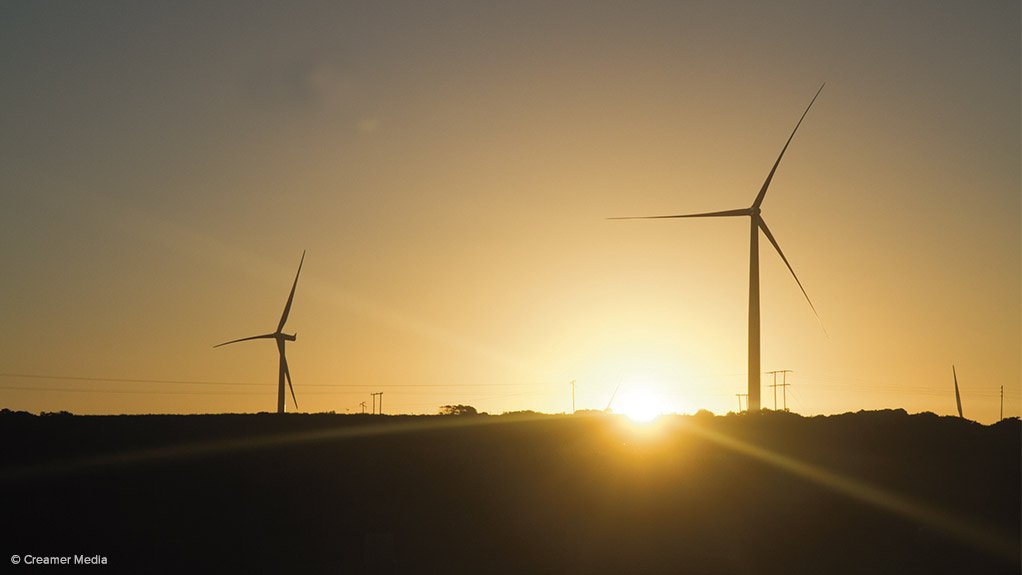Many African leaders have realised the crucial role that renewable energy can and will play in “bringing power to their people”, says multidisciplinary engineering consultancy WSP Africa power transmission and distribution director Dinesh Buldoo.
“The return-on-investment of renewable power means that such projects are more cost effective in the medium to long term and take less time to build, compared with major fossil fuel-based power plants, for example.”
He adds that renewable power plants are easier to deploy and can, therefore, be closer to the source of demand through microgeneration – enabling rural and remote areas to benefit. Microgeneration is the small-scale generation of electrical power, through means such as solar or wind power.
WSP is noticing that power producers with an appetite for owner-managed microgrids in decentralised market models are gaining popularity. A decentralised market is a market structure that consists of a network of several technical devices that enable investors to create a marketplace without a centralised location.
“Microgeneration has a key role to play in Africa, given that there are vast rural areas that are geographically dispersed and underdeveloped, where there may not be an existing power grid to tap into; however, this can change,” he notes.
Buldoo further states that an increasing number of private-sector investors are “keenly interested” in investing in renewable power assets across Africa, considering that many developed countries are moving away from fossil fuel-based power, owing to global pressures to reduce carbon emissions and mitigate climate change.
Although there is “immense opportunity” for renewable-energy exploitation in South Africa, it is important to note that other forms of baseload power are still essential to the energy mix of the country, he adds.
“The country is a prime example of the duality of opportunity here – where renewable-energy farms play an invaluable role in bringing energy to the grid, while work forges ahead on two large coal-fired power stations as well as a peaking power plant.”
Challenges
“One of the biggest hurdles to the accelerated roll-out of renewable-energy projects is that the upfront capital investment associated with construction is viewed as costly,” says Buldoo.
However, if costs are considered over the life span of renewable-energy projects, renewable energy can be the least expensive energy-generating source, he adds.
Another challenge is that locations for renewable-energy plants are often remote, away from cities where electricity is often needed. “Engineers need to consider that transmission lines must be strong, as there will be a need to transfer electricity from the plants into cities near them.”
Edited by: Zandile Mavuso
Creamer Media Senior Deputy Editor: Features
EMAIL THIS ARTICLE SAVE THIS ARTICLE
ARTICLE ENQUIRY
To subscribe email subscriptions@creamermedia.co.za or click here
To advertise email advertising@creamermedia.co.za or click here













